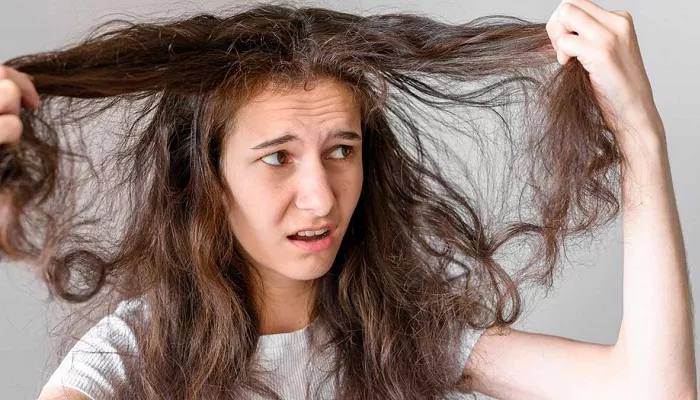We often aspire to have “healthy hair,” but many may be surprised to learn that the strands we shampoo, style, and color are technically already dead. That doesn’t mean hair care is pointless—far from it. According to Dr. Sanjeev Gulati from the Department of Dermatology at Sharda Hospital in Noida, understanding what “dead hair” really means is the first step toward achieving vibrant, resilient locks.
“The part of your hair you see—the shaft—is made of keratinocytes that have lost their nuclei. In other words, these are dead cells,” says Dr. Gulati. “The only living portion is the hair follicle beneath the scalp, where growth originates.”
So, if all visible hair is “dead,” what makes some strands appear lustrous and healthy while others look brittle and dull? It comes down to the condition of the hair shaft and how well it’s cared for.
Signs Your Hair May Be “Dead”
When people refer to “dead hair,” they’re usually describing strands that have suffered extensive damage. Dr. Gulati outlines several red flags:
Extreme dryness and breakage
Split ends
Lack of shine
Excessive tangling
High porosity leading to frizz and weakness
These symptoms suggest compromised cuticles—the hair’s outermost protective layer—which makes it harder for the strand to retain moisture or reflect light.
Common Culprits Behind Hair Shaft Damage
According to Dr. Gulati, a number of everyday habits can cause or worsen hair damage:
Heat styling tools like straighteners and blow dryers
Chemical treatments, including coloring, perming, and relaxing
Over-washing, which strips natural oils
Harsh shampoos, especially those with sulfates or alcohol
Environmental stressors like UV rays, pollution, and hard water
Nutritional deficiencies that affect hair resilience
Rough styling, such as tight ponytails and aggressive brushing
Hair Health Advice: How to Revive “Dead” Hair
While you can’t bring the hair shaft back to life biologically, you can dramatically improve its appearance and manageability. Dr. Gulati shares essential hair health tips to rehabilitate damaged strands:
1. Cut Back on Heat Styling
“Limit the use of hot tools and always apply a heat protectant,” he advises. Air drying and low-heat settings are safer alternatives.
2. Switch to Gentle Hair Products
Use sulfate-free shampoos and moisturizing conditioners that include ingredients like coconut oil, argan oil, shea butter, and keratin.
3. Deep Condition Weekly
Deep conditioning masks can help replenish lost moisture. For best results, leave the mask on for 15–30 minutes, and use gentle heat to aid absorption.
4. Apply Hair Oils or Serums
A lightweight oil or silicone-based serum can seal the hair cuticle, reduce frizz, and restore shine. Argan and jojoba oils are ideal for this.
5. Handle Hair with Care
Avoid brushing wet hair aggressively. Use a wide-tooth comb and opt for looser hairstyles to reduce physical stress on the strands.
6. Protect from the Elements
Wear hats or scarves during sun exposure and use filtered water if hard water is damaging your hair.
7. Trim Damaged Ends Regularly
“Split ends will worsen if left unchecked,” says Dr. Gulati. “Trim every six to eight weeks to maintain the integrity of your hair.”
8. Explore Professional Treatments
Salon treatments like keratin masks or bond-repair therapies can give damaged hair a smoother, healthier look.
9. Care for Your Scalp
Healthy hair begins at the scalp. Regular massages improve blood flow, and occasional scalp exfoliation helps remove product buildup.
10. Be Consistent and Patient
Hair recovery is not instant. A consistent routine over weeks and months will yield visible improvements.
The term “dead hair” refers not to lifeless strands, but to damaged ones that have lost moisture, elasticity, and shine. With the right approach—backed by dermatological insight and simple, consistent care—you can dramatically improve the look and feel of your hair. Remember, while you can’t revive dead cells, you can absolutely revive the beauty and vitality of your strands with mindful hair health advice.
Related Topics:
- Pre-Poo Treatments Proven to Prevent 87% of Summer Hair Damage in Just 30 Minutes
- Doctor Clarifies: Does Hair Gel Cause Hair Loss?
- Top 5 Non-Vegetarian Protein Sources to Boost Hair Growth


